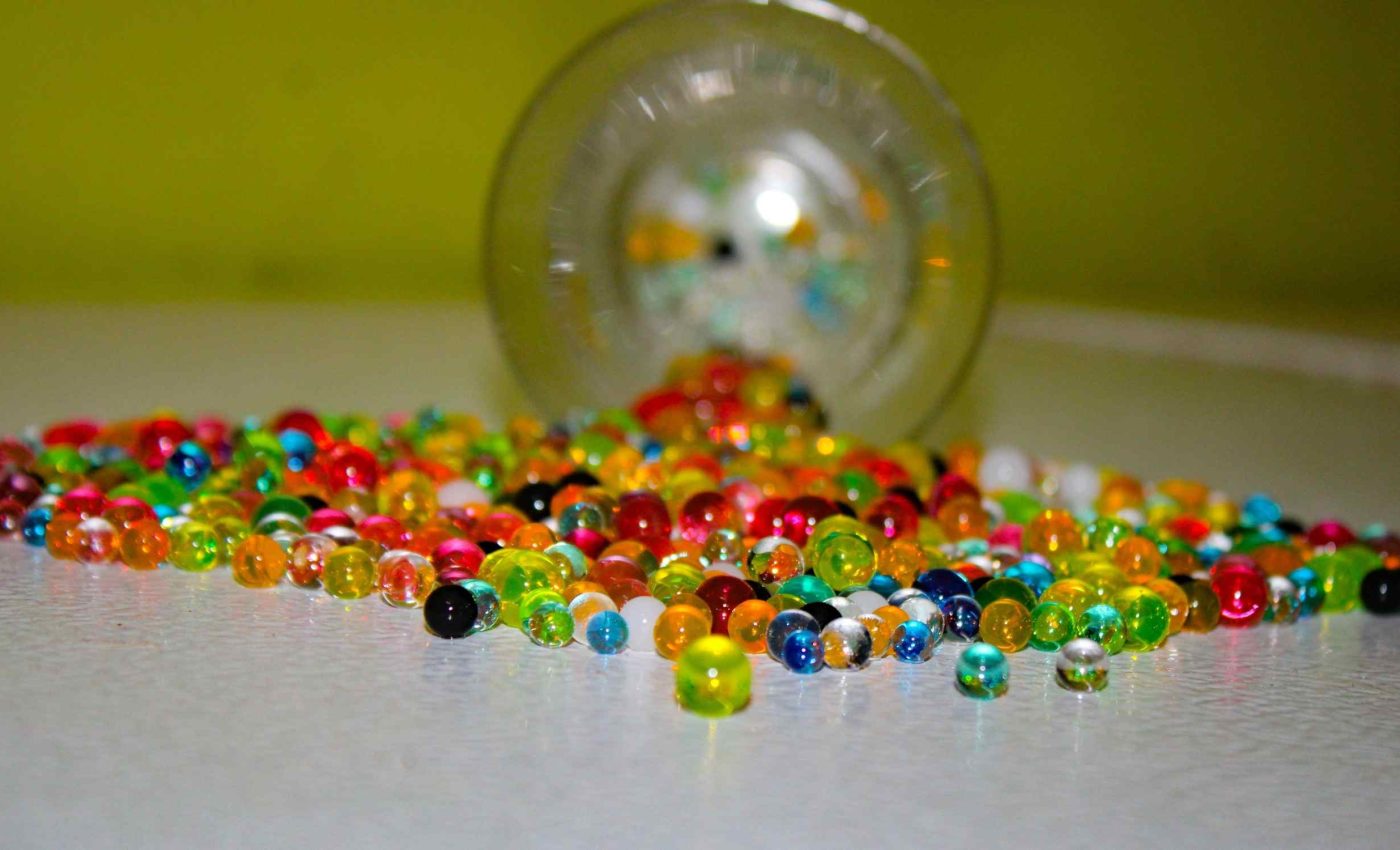
These tiny pellets are killing fish, polluting beaches, and impacting human health
They look harmless, but nurdles are not toys. These lentil sized plastic pellets are the raw feedstock for most of the plastic items we use, and once they spill into the sea, they are incredibly hard to recover.
The problem is not small. An estimated 445,970 tons of these pellets escape into the environment every year, according to a nonprofit analysis of losses across the plastics supply chain.
Plastic pellets wreak havoc
This article draws on research led by Sinja Rist of the National Institute of Aquatic Resources at the Technical University of Denmark (DTU Aqua).
Her work helps explain what happens in the ocean when pellets break loose from containers or factory yards.
“Our results show that the complex mixture of spilled chemicals and debris from the X-Press Pearl accident can potentially harm the planktonic food web, particularly zooplankton,” wrote Rist.
Those early stage organisms feed many fish, so when they suffer, entire food webs wobble.
The pellets themselves are microplastics, small fragments under 0.2 inches. Because they float and move with winds and currents, they can spread quickly along shorelines and into sensitive coastal waters.
When plastic pellets hit the water
Pellets pick up and carry persistent industrial chemicals from seawater. Their surfaces are sticky to many compounds, which can increase exposure when animals swallow the pellets along with food.
Microbes do not ignore them either. Plastic pellets can quickly become colonized by microorganisms, including harmful bacteria, which form biofilms on their surfaces.
These films allow bacteria from polluted waters to survive and spread, turning the pellets into carriers of potential disease.
Fish, seabirds, and turtles mistake pellets for food. Stomach space is limited, so a gut full of plastic can reduce feeding, growth, and survival, which stresses species already under pressure from warming waters and overfishing.
From ocean currents to dinner plates
When a cargo ship sinks or containers break open, pellets can pour into the sea in staggering amounts. After the fire and sinking of the container ship X-Press Pearl off Sri Lanka in 2021, roughly 1,680 tons of pellets were released.
Those pellets reached beaches and mangroves and were found in the mouths and guts of multiple species.
Cleanup teams faced a Sisyphean task because pellets the size of sesame seeds disperse, bury, and resurface with each tide.
Zooplankton and other tiny drifters sit at the base of marine food webs.
Laboratory tests with material from that spill showed reduced hatching, higher deformities, and increased mortality in several plankton groups, impacts that can echo through fisheries that people rely on.
Rules for plastic pellets
There is a regulatory gap that makes all of this worse. Under the United Nations Model Regulations on the Transport of Dangerous Goods, plastic pellets are not currently classified as environmentally hazardous, so they move like ordinary cargo with few special safeguards.
Classification matters because it triggers tougher packaging, labeling, stowage, and emergency response rules.
Without that designation, pellets can be stacked in containers near the hatch rather than deep in a hold, and they can be shipped without clear disclosure to coastal authorities.
Ports and coastal states are left guessing what is inside a wrecked container. That slows response, complicates cleanup, and raises costs for communities that had no say in the shipment in the first place.
Health questions at the shoreline
Scientists are also tracing links between microplastics and human health. In a study of people undergoing surgery to clear neck artery blockages, researchers found plastic particles embedded in plaques.
Those patients had a 4.5 fold higher risk of heart attack, stroke, or death over follow up compared with those without plastic in plaques.
The mechanism is still being mapped out. Inflammation appears to play a role, and the particles may carry a mix of chemicals and microbes that aggravate tissue already under stress.
Exposure comes by many routes. People can encounter microplastics through seafood, salt, drinking water, dust, and even the air near busy roads, which makes prevention upstream a smarter bet than trying to remove particles once they are in our bodies.
What better control could look like
Loss prevention starts on land. Pellet handling sites can require sealed transfer systems, paved and bunded yards, storm drain screens, routine vacuuming, and independent audits that verify zero loss practices.
Ships and shippers can help by declaring pellet cargo to authorities, securing containers, and stowing pellet loads away from the deck to reduce the chance of overboard losses in rough weather. Clear incident reporting would allow faster mobilization when a spill occurs.
Communities also need rapid response playbooks. Local crews and fishers can be equipped with sieves, booms, and safe storage bags, plus training on where and how to collect pellets without harming nesting birds or dune vegetation.
A realistic path forward
None of this requires new technology. It asks for clear rules along the whole supply chain, honest reporting, and accountability when preventable losses occur.
The science is not waiting. It already shows how pellets travel, which organisms they reach first, and how damage moves up through the food web.
The longer we treat pellets as ordinary cargo, the more cleanup bills and lost fishing days coastal families will bear.
Small changes in how pellets are packaged, shipped, and handled can stop millions of them from reaching the surf. The ocean is resilient, but it needs fewer plastic seeds planted on its shores.
The study is published in Environmental Research.
—–
Like what you read? Subscribe to our newsletter for engaging articles, exclusive content, and the latest updates.
Check us out on EarthSnap, a free app brought to you by Eric Ralls and Earth.com.
—–













